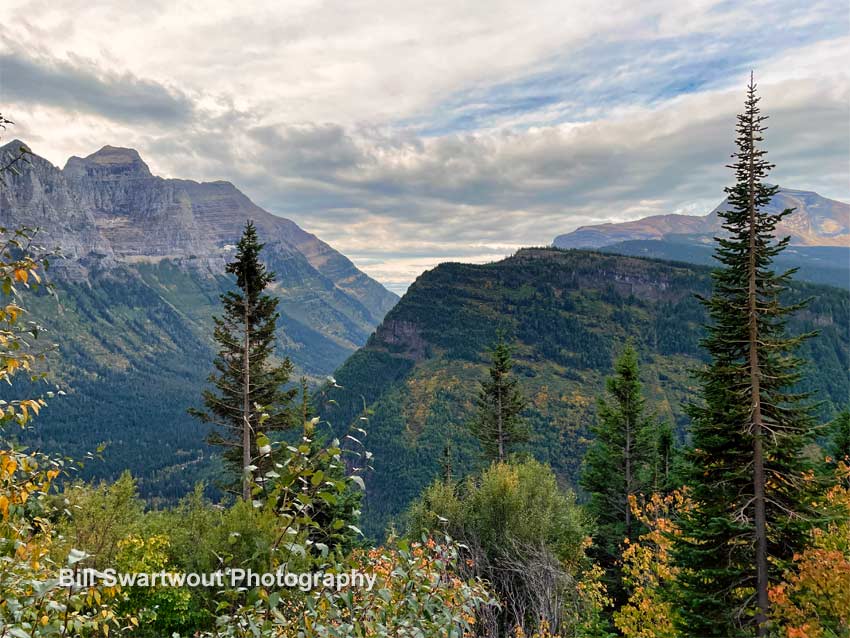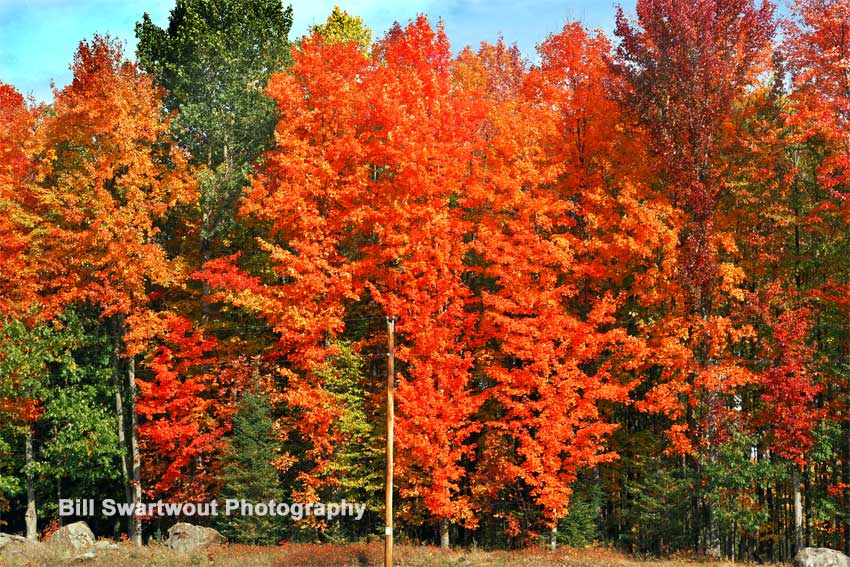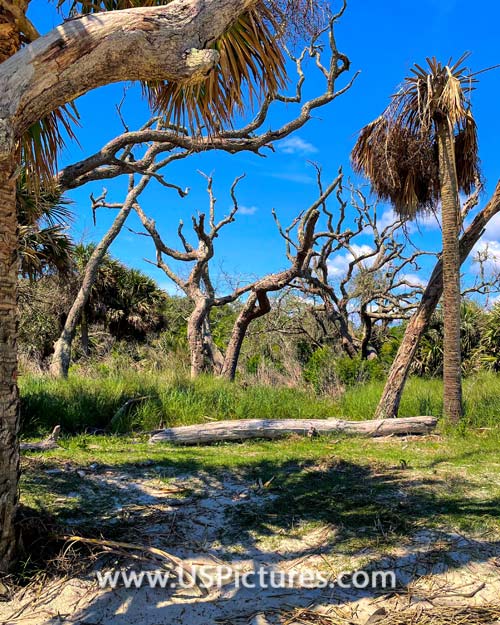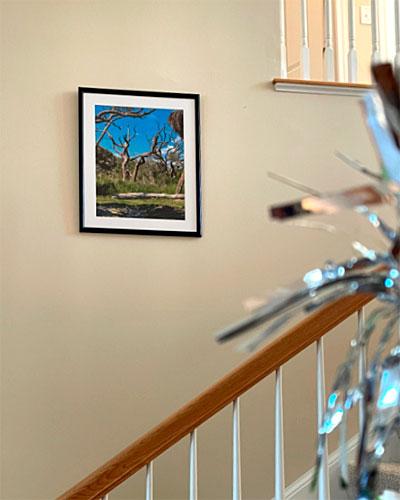The beauty of Glacier National Park, West Glacier, Montana
Nestled in the heart of Montana, Glacier National Park is an awe-inspiring wonderland of natural beauty and pristine wilderness. With its rugged mountains, crystal-clear lakes, and abundant wildlife, this iconic park entices visitors with its unspoiled splendor. The park’s sheer cliffs, cascading waterfalls, and lush meadows create a captivating tapestry of colors and textures that leave a lasting impression on all who venture into its midst.
As you traverse the park’s network of hiking trails or gaze out from scenic overlooks, you’ll be greeted by a panorama of breathtaking vistas that evoke a sense of wonder and tranquility. From the iconic Going-to-the-Sun Road to the remote backcountry trails, Glacier National Park offers an unparalleled opportunity to immerse yourself in nature’s grandeur. Whether it’s the silent majesty of glaciers or the vibrant hues of alpine wildflowers, every corner of this remarkable landscape tells a story that captivates all who are fortunate enough to behold it.
2. History: Formation and significance of the park
The history of Glacier National Park is as rich and diverse as its breathtaking scenery. Established in 1910, the park holds great significance not only for nature enthusiasts but also for indigenous communities whose ancestral lands encompass the park. The formation of the park stemmed from a desire to preserve this natural wonderland and ensure that future generations could marvel at its beauty. It stands as a tribute to conservation efforts, serving as a reminder of the importance of protecting our planet’s ecological treasures.
What makes Glacier National Park truly remarkable is its cultural and historical value. Past human endeavors have left an indelible mark on the landscape, from ancient rock art to historic lodges nestled in the wilderness. Each trail tells a story, each peak bears witness to countless years of change and adaptation. The park serves as a living museum, where visitors can explore not only pristine nature but also trace the footsteps of those who have cherished these lands for centuries.
In essence, Glacier National Park’s formation heralds not just a commitment to preserving natural wonders but also acknowledges the deep connection between humanity and nature. Its significance lies not just in its stunning scenery but in its role as a testament to our collective responsibility toward safeguarding our planet for future generations.
3. Landscapes: Diverse terrain and breathtaking views
As you stand perched upon the craggy cliffs of Glacier National Park, your eyes are awash with a tapestry of diverse landscapes. From cascading waterfalls that dance down sheer rock faces to serene alpine meadows that stretch as far as the eye can see, this park is a testament to the Earth’s wondrous variety. Snow-capped peaks stand in stark contrast to deep valleys carved by ancient glaciers, creating an ever-changing panorama that leaves visitors breathless with wonder.
At every turn, the landscape transforms before your eyes, presenting a symphony of natural beauty. The jagged ridges of the Rocky Mountains give way to tranquil lakes reflecting towering forests and endless skies. Each vista offers a new perspective on nature’s artistry, captivating travelers with its pristine wilderness and untamed allure. Such extraordinary diversity within one majestic park serves as an illuminating reminder of our planet’s boundless creativity and enduring splendor.
4. Wildlife: Fauna and flora in the park
Amidst the stunning landscapes of Glacier National Park, a rich tapestry of wildlife thrives, adding another layer of wonder to this natural paradise. The park is home to a diverse range of fauna, including iconic species such as grizzly bears, mountain goats, and bighorn sheep. These powerful and graceful creatures roam freely through the rugged terrain, offering visitors exhilarating glimpses into their untamed world. Additionally, over 260 bird species have been documented within the park, making it a haven for birdwatching enthusiasts.
In addition to its vibrant fauna, Glacier National Park is also adorned with an exquisite array of flora that further enhances its breathtaking beauty. Lush alpine meadows burst with vibrant wildflowers during the summer months while dense coniferous forests create an enchanting backdrop throughout much of the park. Astounding plant diversity can be found here, from delicate alpine blooms to ancient cedar trees that have stood watch over the landscape for centuries. Each step through this floral wonderland unveils a new palette of colors and scents that complements the grandeur of Glacier’s dramatic scenery.
5. Activities: Hiking, boating, and outdoor adventures
One of the most alluring aspects of Glacier National Park is the abundance of outdoor activities it has to offer. With over 700 miles of maintained trails, hiking enthusiasts can explore an array of landscapes from towering alpine meadows to pristine lakeside paths. Whether you’re a seasoned backpacker or a casual day hiker, the park’s diverse terrain provides something for everyone, making it an ideal destination for outdoor adventurers.
In addition to hiking, Glacier National Park is also a haven for boating enthusiasts. The crystal-clear waters of Lake McDonald and St. Mary Lake offer unparalleled opportunities for paddling and boating amidst stunning mountain backdrops. Adventurers can rent kayaks or canoes to explore secluded coves and witness the park’s breathtaking scenery from a unique perspective. With so many waterways waiting to be explored, boating in Glacier National Park promises unforgettable experiences for nature lovers and outdoor enthusiasts alike.
6. Conservation: Efforts to preserve the park’s natural beauty
In recent years, Glacier National Park has seen an increase in efforts to conserve and preserve its natural beauty. Dedicated conservationists have been implementing measures to protect the delicate balance of the park’s ecosystems and ensure that future generations can continue to enjoy its stunning scenery. These efforts include wildlife management programs, visitor education on Leave No Trace principles, and sustainable infrastructure development.
One notable initiative is the restoration of native plant species to combat invasive plants that threaten the park’s biodiversity. Additionally, new research and monitoring programs are being implemented to better understand the impact of climate change on the park’s landscapes and wildlife. These conservation efforts not only aim to maintain Glacier National Park’s aesthetic appeal but also contribute to crucial environmental protection on a broader scale.
Overall, these initiatives reflect a commitment to responsible stewardship of this precious natural resource, paving the way for continued appreciation of Glacier National Park’s unparalleled beauty while ensuring its preservation for generations to come.
7. Conclusion: Encouraging visitors to experience Glacier’s splendor
As we come to the end of our journey through Glacier National Park’s breathtaking scenery, one thing is certain: this is a place that must be experienced first-hand. The rich diversity of landscapes, from towering mountains and pristine lakes to ancient forests and abundant wildlife. This offers an unparalleled opportunity for adventure and rejuvenation. Whether you’re seeking peaceful solitude or heart-pounding exploration, Glacier has something for everyone.
So, I encourage you not to let these words be the end of your Glacier experience—let them be the beginning. Plan your visit, breathe in the crisp mountain air, feel the sun on your face as it glistens off glacial waters, and marvel at nature’s unbridled beauty. Embrace the challenge of its rugged trails or find solace in its quiet nooks. Either way, you’ll leave with unforgettable memories etched into your soul. Let Glacier’s splendor ignite a passion for wilderness within you that will last a lifetime.





